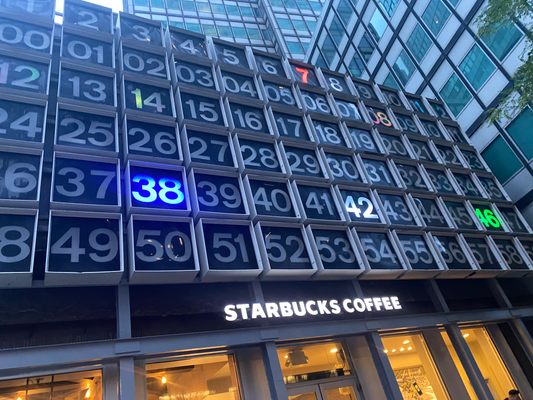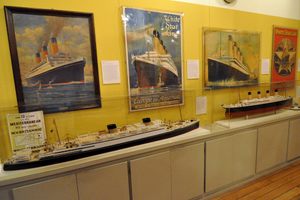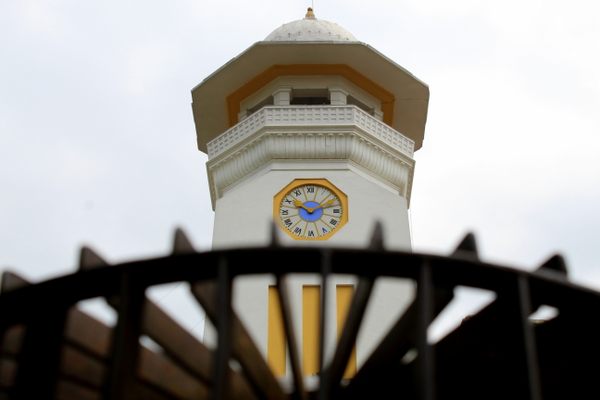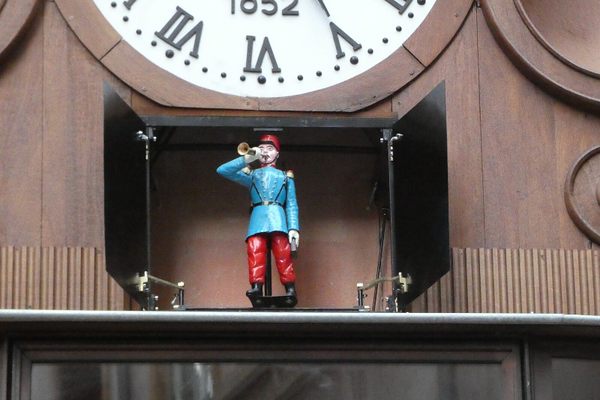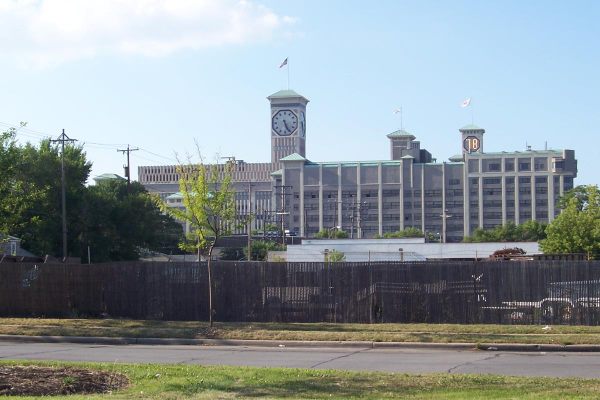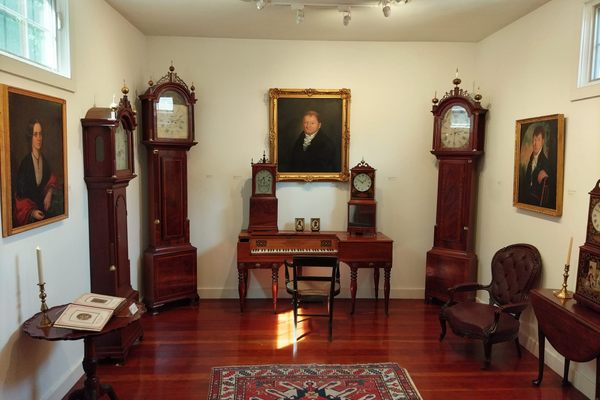About
Rudolph de Harak was a famous graphic designer who worked on a lot of things over his long and storied career: hundreds of paperback covers for McGraw-Hill, illustrations for Esquire magazine, jazz covers for record labels like Columbia and Westminster. He even designed the placards for the Egyptian Wing of the Metropolitan Museum of Art, signage that took 10 years to complete and is still in use today. But for many New Yorkers, perhaps his most famous and enduring work is the clock on the exterior of 127 John Street in Lower Manhattan.
The artist was influenced by abstract expressionism, Dada, op art, and pop art. He even designed a number of "traditional" analog clocks, some of which can be found in the collection of the Museum of Modern Art. But the façade across from the South Street Seaport takes a more digital approach. The clock is laid out as a grid of numbers: 1–12 for the hour of the day, then 0-59 for the minute and the second. The numbers light up whenever it is their time; the hours in red, the minutes in blue, and the seconds in green.
At the time work was completed in 1971, it was the largest clock in the world. The clock is joined by a number of embellishments to the building and street. The entrance of the building is a tunnel ringed in bright blue argon-gas lights, and the building is surrounded by brightly colored street furniture like loveseats, garbage cans, and telephone booths.
Related Tags
Know Before You Go
The artwork can be seen 24 hours a day, 7 days a week and is best viewed from across Water Street. The closest subway station is the 2/3 at Fulton Street.
Community Contributors
Added By
Published
January 14, 2022
Sources
- https://www.itsnicethat.com/features/rational-simplicity-rudolph-de-harak-richard-poulin-volume-graphic-design-060421
- https://culturenow.org/entry&permalink=03378&seo=Digital-Clock-Phone-Booth-and-Benches_Rudolph-de-Harak-Emery-Roth--Sons-Corchiade-Harak-Associates-and-Melvyn-Kaufman
- https://www.nytimes.com/2002/04/30/arts/rudolph-de-harak-78-artist-and-environmental-designer.html






